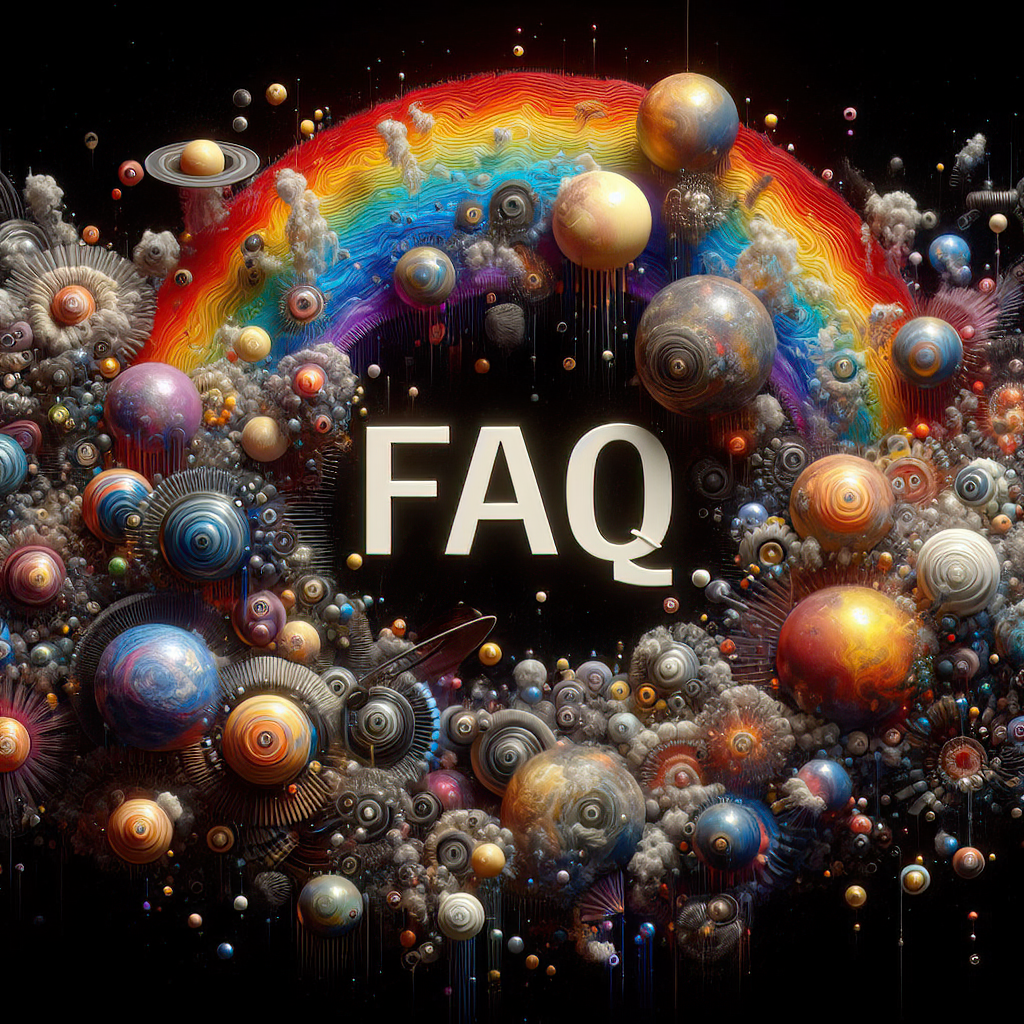
par Bill Tiepelman
Écrire pour le cinéma et la télévision
Écrire pour le cinéma et la télévision : créer des scénarios à fort impact visuel Écrire pour le cinéma et la télévision est une forme d’art unique qui associe la narration à des éléments visuels et auditifs. Contrairement aux romans ou aux nouvelles, les scripts sont des plans pour un média collaboratif, où les réalisateurs, les acteurs et les concepteurs donnent vie à vos mots. Pour réussir en tant que scénariste, vous devez penser en scènes, créer des dialogues dynamiques et créer un monde qui saute aux yeux. Dans ce guide, nous découvrirons comment créer des scripts à fort impact visuel, de la structuration de votre histoire à la création de décors vivants et de personnages mémorables. Que vous soyez un scénariste en herbe ou un auteur en transition vers le cinéma, ce guide vous aidera à maîtriser les fondamentaux de l'écriture de scénarios. Pourquoi écrire pour le cinéma et la télévision est unique L'écriture de scénario ne consiste pas seulement à raconter une histoire, mais à la montrer. Voici ce qui la différencie des autres formes d'écriture : Économie de mots : les scripts sont concis et s’appuient sur l’action et le dialogue pour transmettre le sens. Narration visuelle : les scènes sont conçues pour être vues, avec une exposition minimale et un impact visuel maximal. Nature collaborative : les scripts sont le point de départ d’un travail d’équipe, incluant les réalisateurs, les directeurs de la photographie et les acteurs. Comprendre ces distinctions est essentiel pour écrire des scripts qui trouvent un écho auprès du public et des collaborateurs. Étape 1 : Maîtriser les bases du format de script Une mise en forme appropriée est essentielle dans l'écriture de scénarios : elle garantit que votre script est facile à lire et conforme aux normes du secteur. Voici un bref aperçu : En-têtes de scène : également appelés sluglines, ils indiquent le décor et l'heure (par exemple, INT. COFFEE SHOP - DAY ). Lignes d'action : Décrivez ce qui se passe à l'écran au présent (par exemple, elle sirote son café en regardant par la fenêtre ). Dialogue : texte centré indiquant ce que disent les personnages, avec des parenthèses facultatives pour le ton ou l'action. Transitions : utilisées avec parcimonie pour indiquer les changements de scène (par exemple, FONDU D'ENTRÉE : , COUPURE VERS : ). Des outils comme Final Draft, Celtx ou Scrivener peuvent vous aider à formater correctement votre script, ce qui vous fait gagner du temps et garantit votre professionnalisme. Étape 2 : Structurez votre histoire Les scénarios suivent généralement une structure en trois actes, avec des rythmes clairs pour guider le récit : Acte 1 – Mise en place : Présentez les personnages, le cadre et le conflit. Terminez avec l'incident déclencheur qui fait avancer l'histoire. Acte 2 – Confrontation : Développer le conflit, augmenter les enjeux et approfondir les arcs de personnages. Acte trois – Résolution : Amenez l’histoire à son point culminant, en résolvant les conflits majeurs et en laissant une impression durable. L'utilisation d'outils tels que des feuilles de route ou des logiciels de création de schémas peut vous aider à structurer efficacement votre histoire. Étape 3 : Écrire visuellement En scénarisation, moins c'est plus. Concentrez-vous sur ce que le public verra et entendra : Montrez, ne dites pas : remplacez les pensées intérieures par des actions et des images. Par exemple, au lieu de dire « Elle est nerveuse », écrivez « Ses doigts tapent à un rythme rapide sur la table. » Soyez précis : décrivez les situations et les actions de manière vivante mais concise. Par exemple : « Un bureau encombré éclairé par une seule lampe vacillante » est plus efficace que « Un bureau en désordre ». Pensez cinématographiquement : imaginez vos scènes comme une série de prises de vue, en tenant compte des angles, de l’éclairage et du mouvement. L’écriture visuelle aide les réalisateurs et les directeurs de la photographie à traduire votre vision à l’écran. Étape 4 : Créez des personnages dynamiques Les personnages mémorables sont au cœur de tout bon scénario. Voici comment les faire ressortir : Donnez-leur des objectifs : chaque personnage doit vouloir quelque chose, que ce soit l'amour, la vengeance ou la rédemption. Créer des défauts : les imperfections rendent les personnages attachants et génèrent des conflits. Écrivez un dialogue authentique : capturez leur voix grâce à des modèles de discours, un vocabulaire et un ton uniques. Par exemple : « Je ne pense pas que ce soit une bonne idée » contre « Non, je ne ferais pas ça. » Des changements subtils transmettent la personnalité et le contexte. Étape 5 : Développer un dialogue engageant Les dialogues dans les scripts sont vifs, ciblés et riches en sous-textes. Tenez compte de ces conseils : Faites avancer l’intrigue : utilisez le dialogue pour révéler des informations ou faire avancer l’histoire. Révéler le caractère : Montrez qui ils sont à travers ce qu’ils disent et comment ils le disent. Soyez bref : évitez les longs monologues, sauf si cela est absolument nécessaire. Un bon dialogue semble naturel mais intentionnel, reflétant un discours réel tout en servant le récit. Étape 6 : Utiliser des motifs et des thèmes visuels Les motifs visuels sont des images ou des symboles récurrents qui renforcent les thèmes de votre histoire. Par exemple : Lumière et ombre : représentent l’ambiguïté morale ou le conflit interne. Palettes de couleurs : utilisez la couleur pour refléter l'humeur ou les arcs de caractère. Objets : Un objet récurrent, comme un médaillon ou une cicatrice, peut symboliser des moments émotionnels clés. Ces éléments ajoutent de la profondeur et de la cohésion à votre scénario, laissant une impression durable aux spectateurs. Étape 7 : Atelier et perfectionnement Les scénarios sont rarement parfaits dès la première ébauche. Demandez l'avis de lecteurs de confiance ou rejoignez un groupe d'écriture pour travailler sur votre scénario. Concentrez-vous sur : Rythme : chaque scène fait-elle avancer l'histoire ? Y a-t-il des passages lents qui doivent être raccourcis ? Clarté : votre script est-il facile à visualiser et à comprendre ? Impact : vos rythmes émotionnels atterrissent-ils efficacement ? C'est en réécrivant que les bons scripts deviennent excellents, alors n'hésitez pas à apporter des modifications. Réflexions finales Écrire pour le cinéma et la télévision est à la fois un défi et une expérience enrichissante. Cela permet de créer des histoires qui touchent le public de manière puissante et visuelle. En maîtrisant l'art de l'écriture de scénarios, qui combine structure, personnages et narration visuelle, vous pouvez créer des scénarios qui se démarquent et laissent un impact durable. Alors, prenez votre stylo, votre ordinateur portable ou votre logiciel de scénarisation et commencez à porter vos histoires à l'écran. Votre prochaine grande idée n'est qu'à une scène de là. Donnez vie à votre scénario grâce à un accompagnement professionnel en scénarisation L'écriture de scénarios ne se résume pas à la narration : il s'agit de créer une vision qui captive à la fois les lecteurs et les spectateurs. Que vous écriviez votre premier scénario ou que vous peaufiniez un projet pour l'industrie, des conseils professionnels peuvent élever votre travail au rang de génie cinématographique. Chez Unfocussed Photography and Imaging , nous proposons des services conçus pour aider les scénaristes à donner vie à leurs idées. Formatage et finition du script : assurez-vous que votre scénario respecte les normes de l'industrie grâce à une assistance experte en matière de formatage et d'édition. Storyboard visuel : collaborez avec notre équipe pour créer des visuels époustouflants pour les scènes clés, en portant votre vision à l'écran avant le début de la production. Consultations créatives : obtenez des commentaires individuels et des séances de brainstorming pour affiner vos personnages, votre intrigue et vos dialogues. Ne laissez pas votre scénario rester un rêve. Faites équipe avec nous pour transformer votre histoire en un chef-d'œuvre prêt pour la production cinématographique ou télévisuelle. Découvrez nos services dès aujourd’hui et faites le premier pas vers la réalisation de votre scénario à l’écran !







